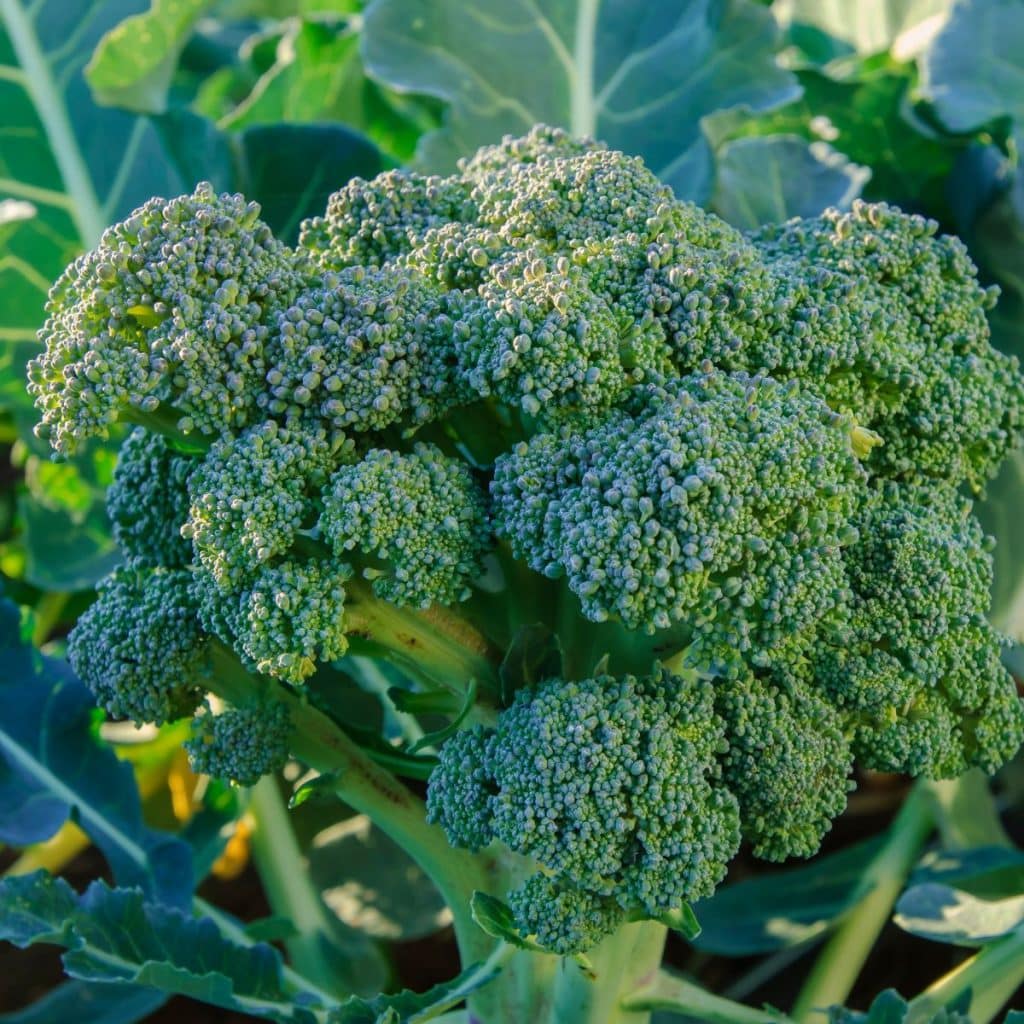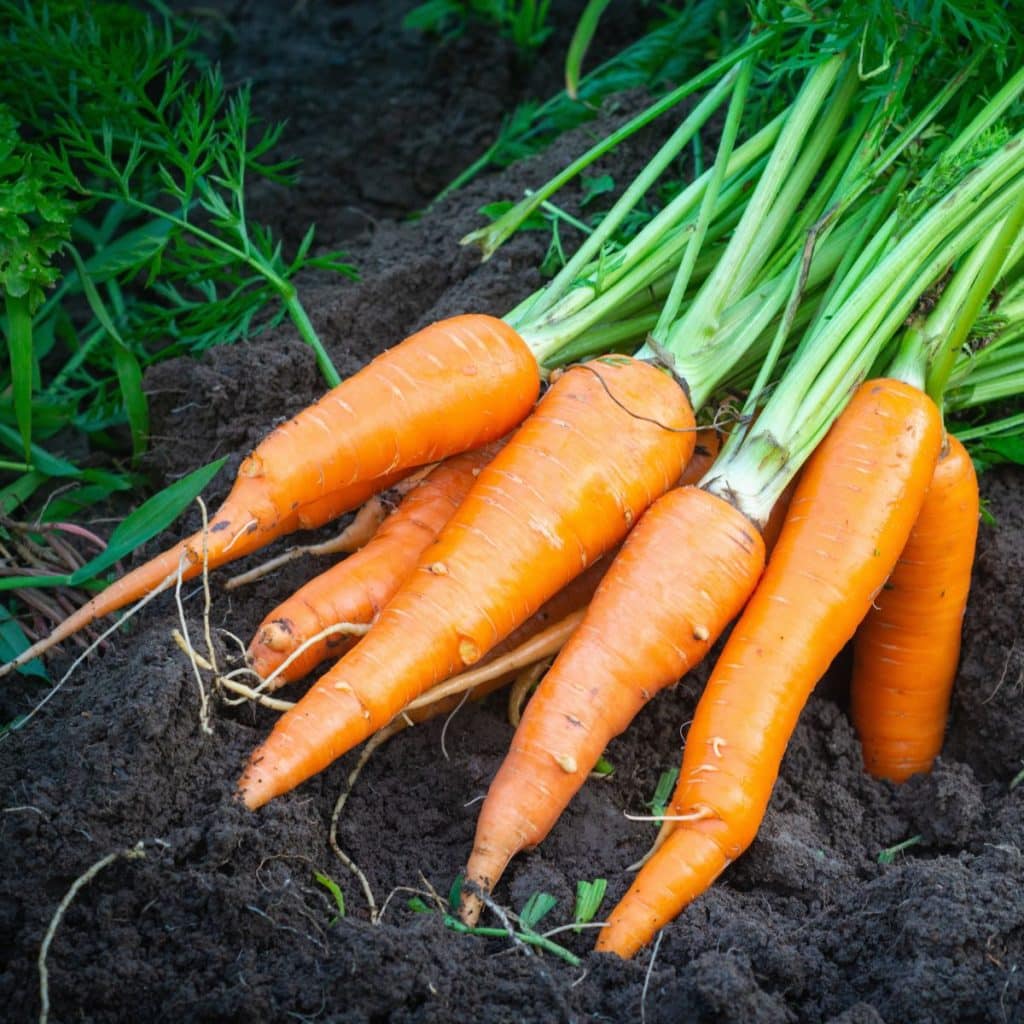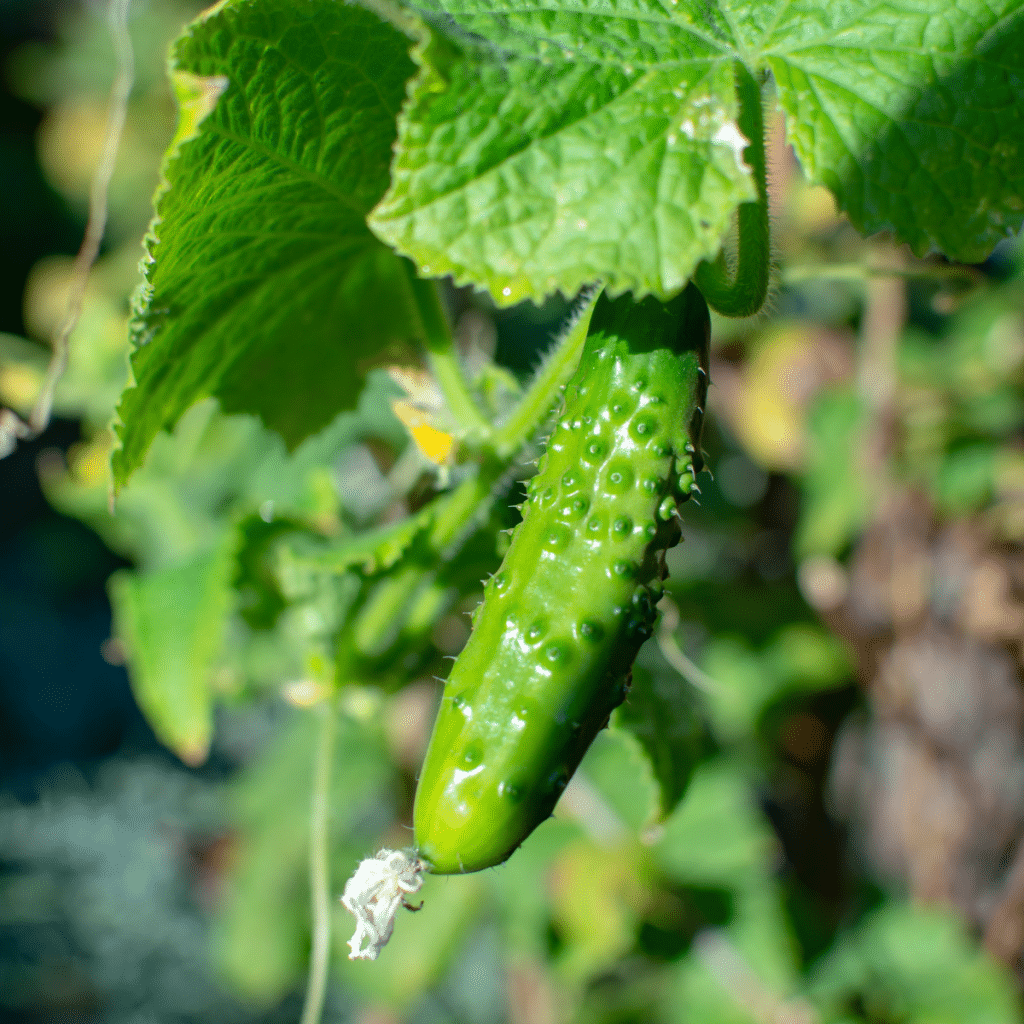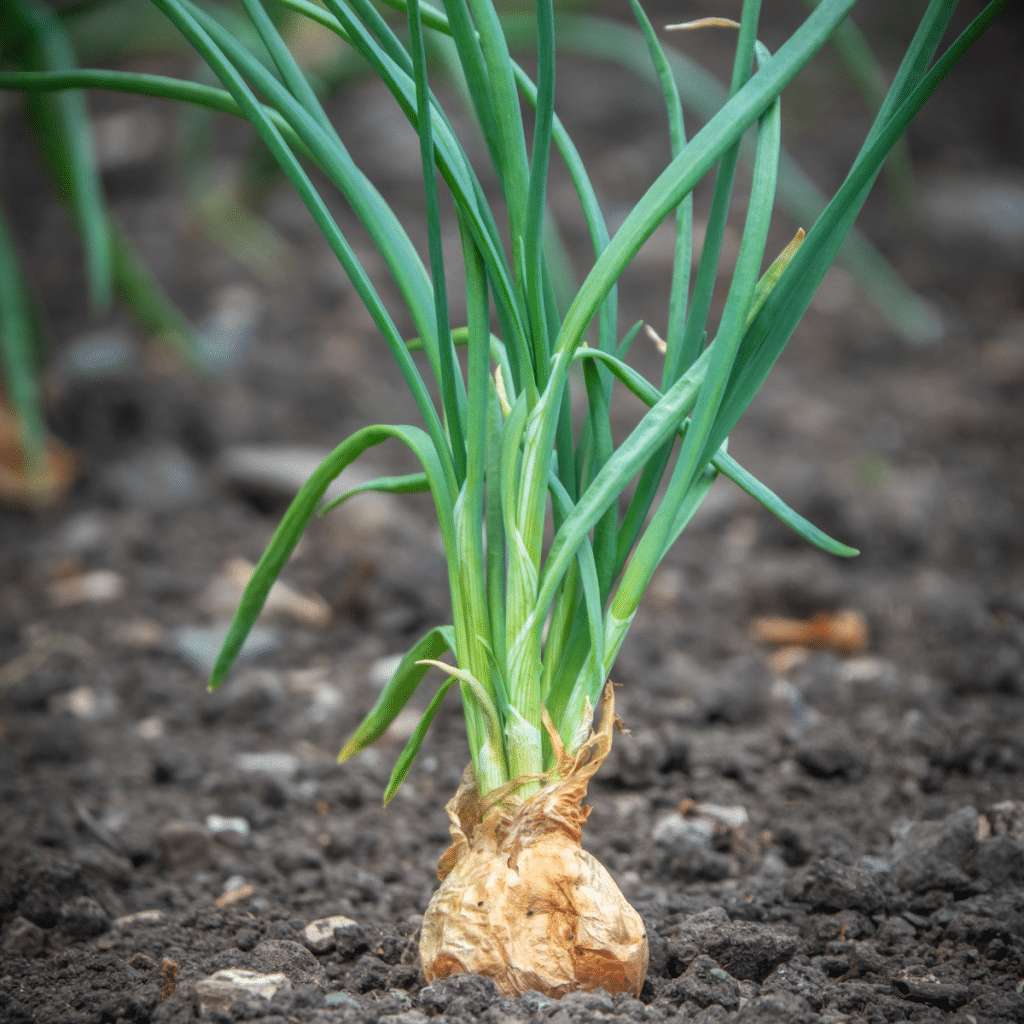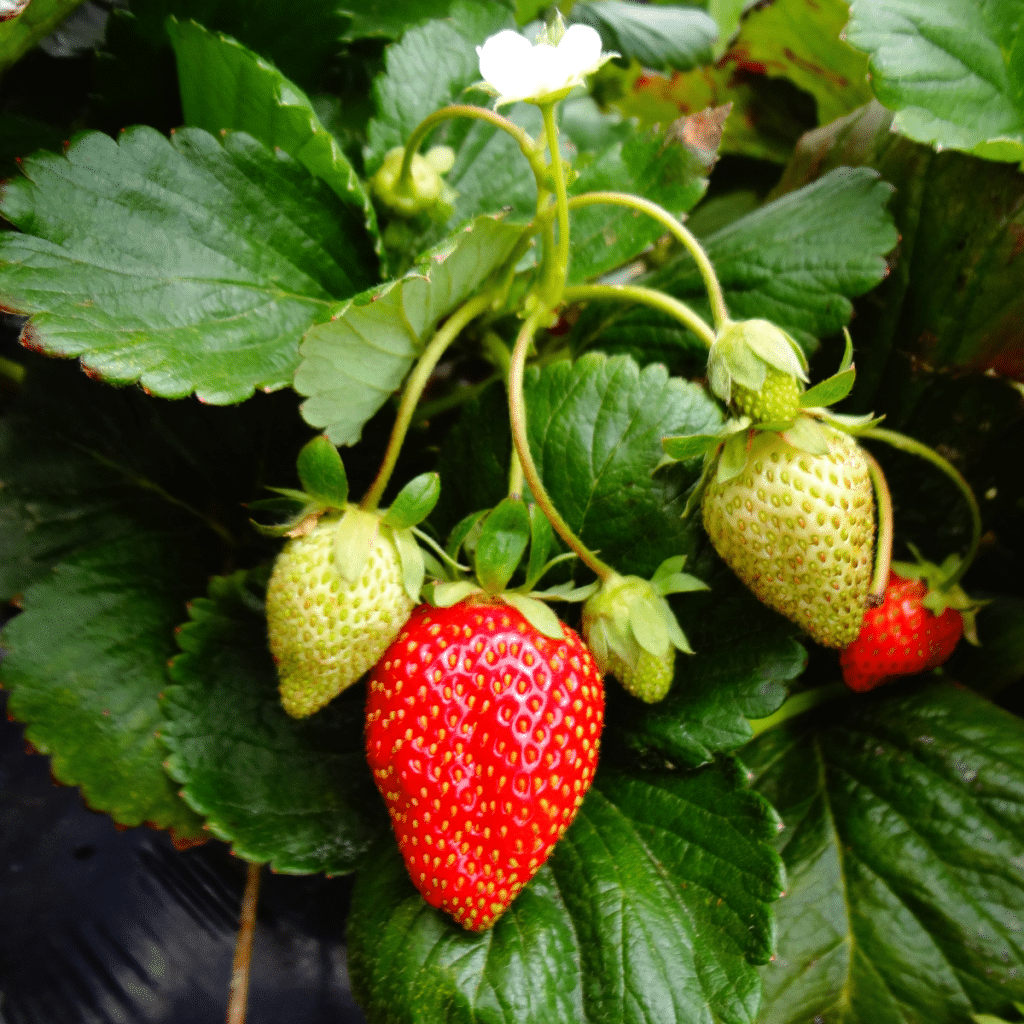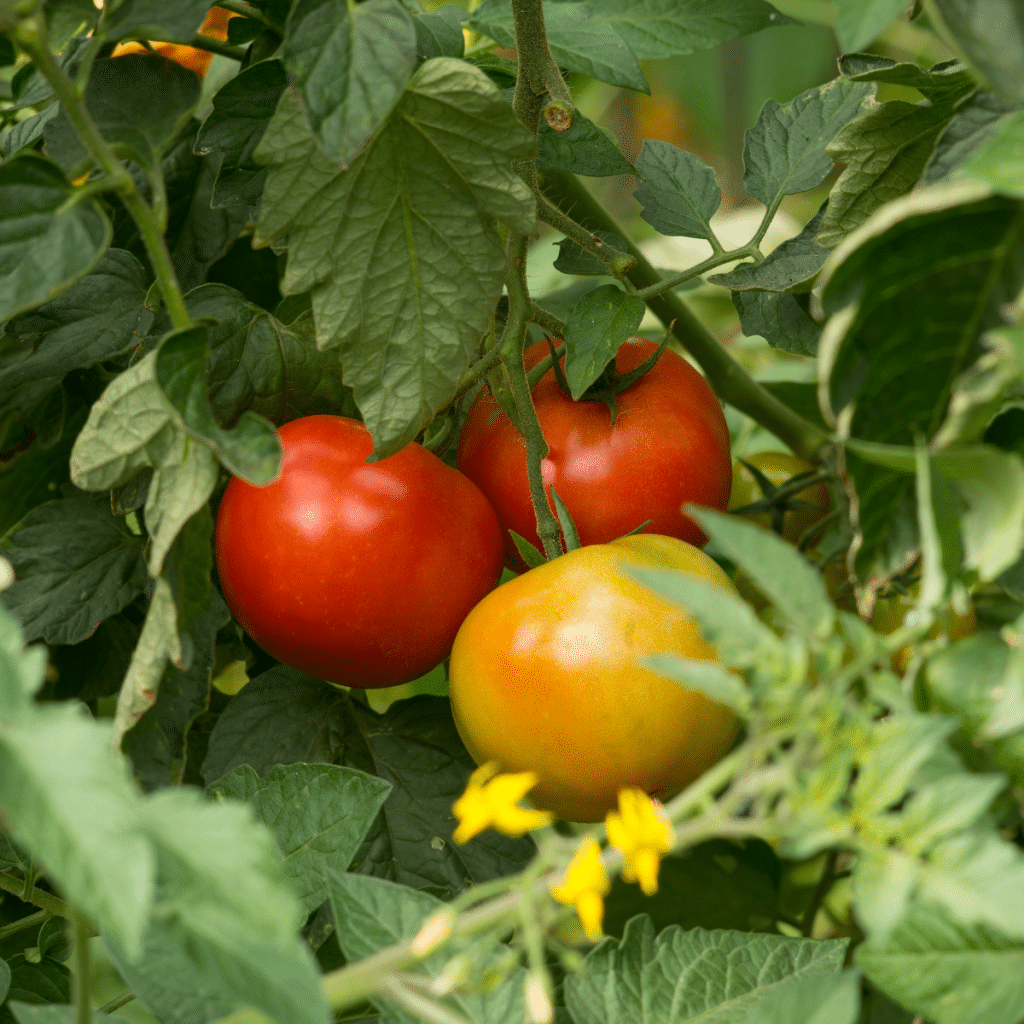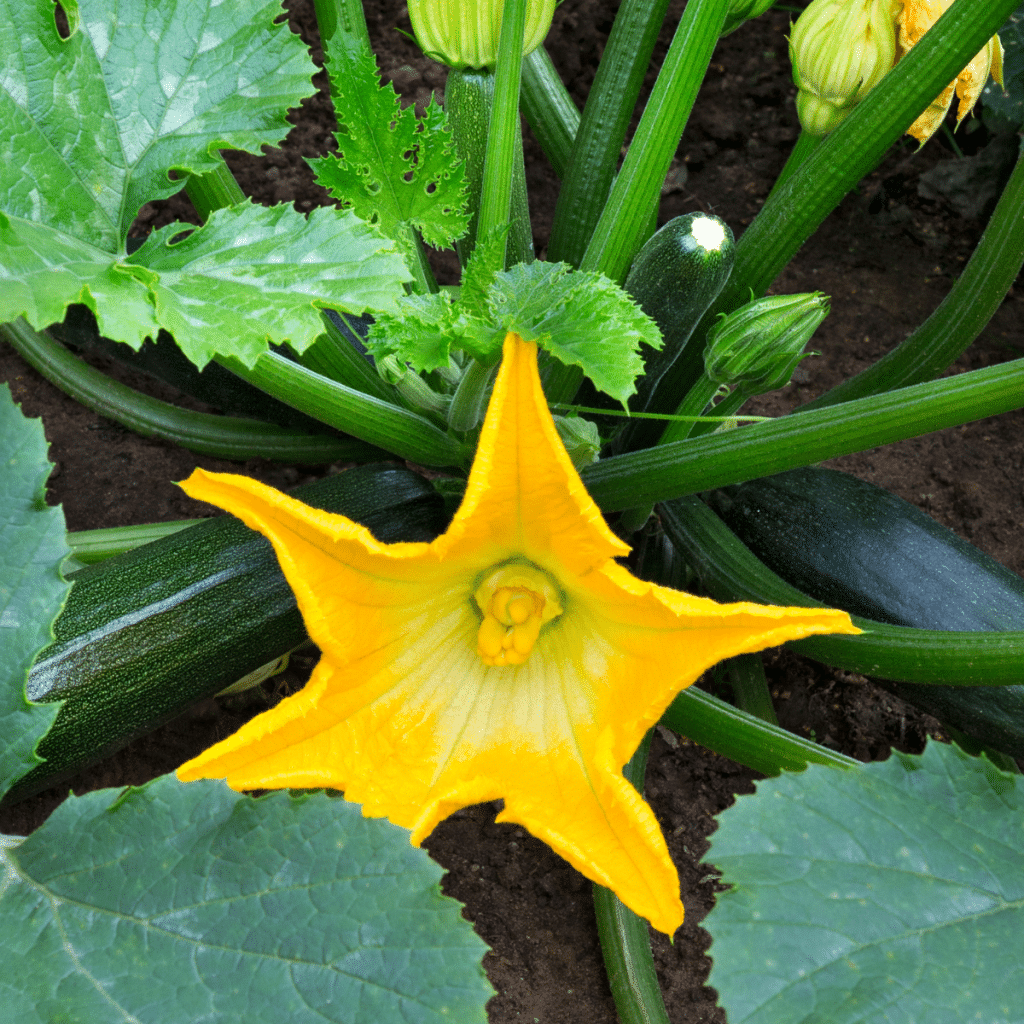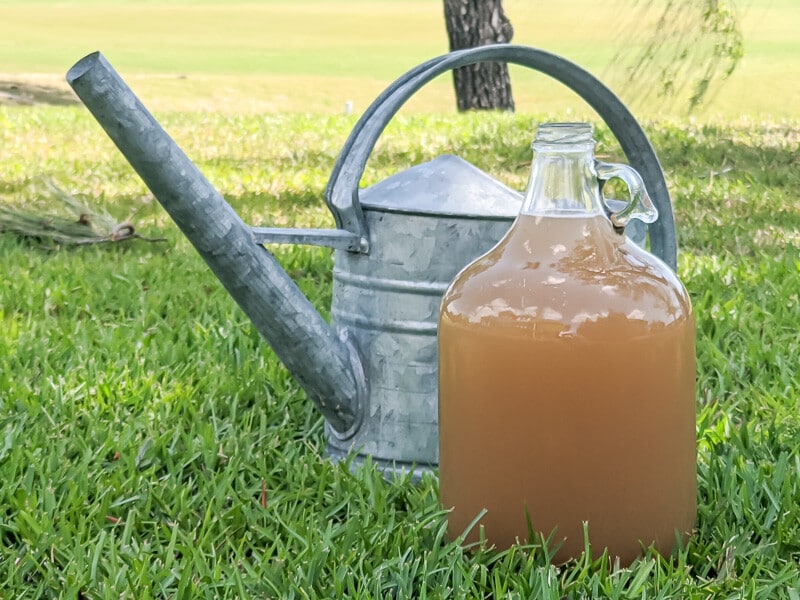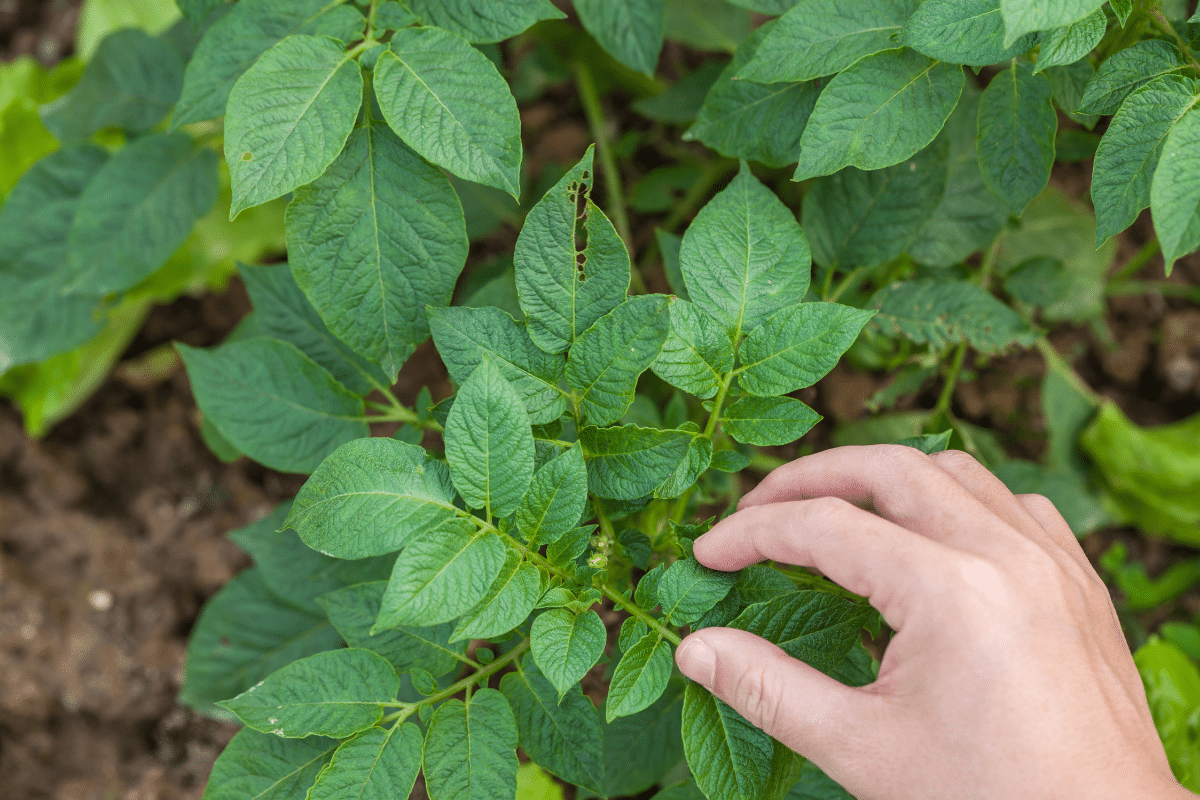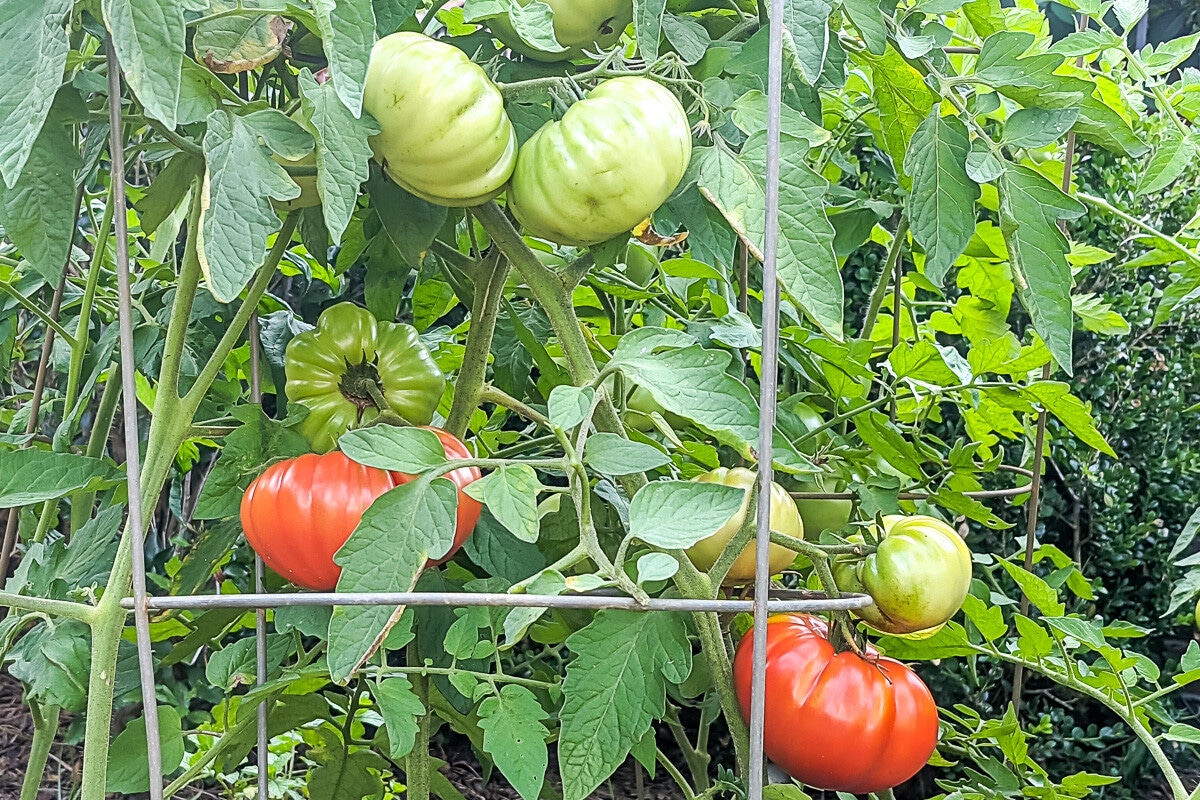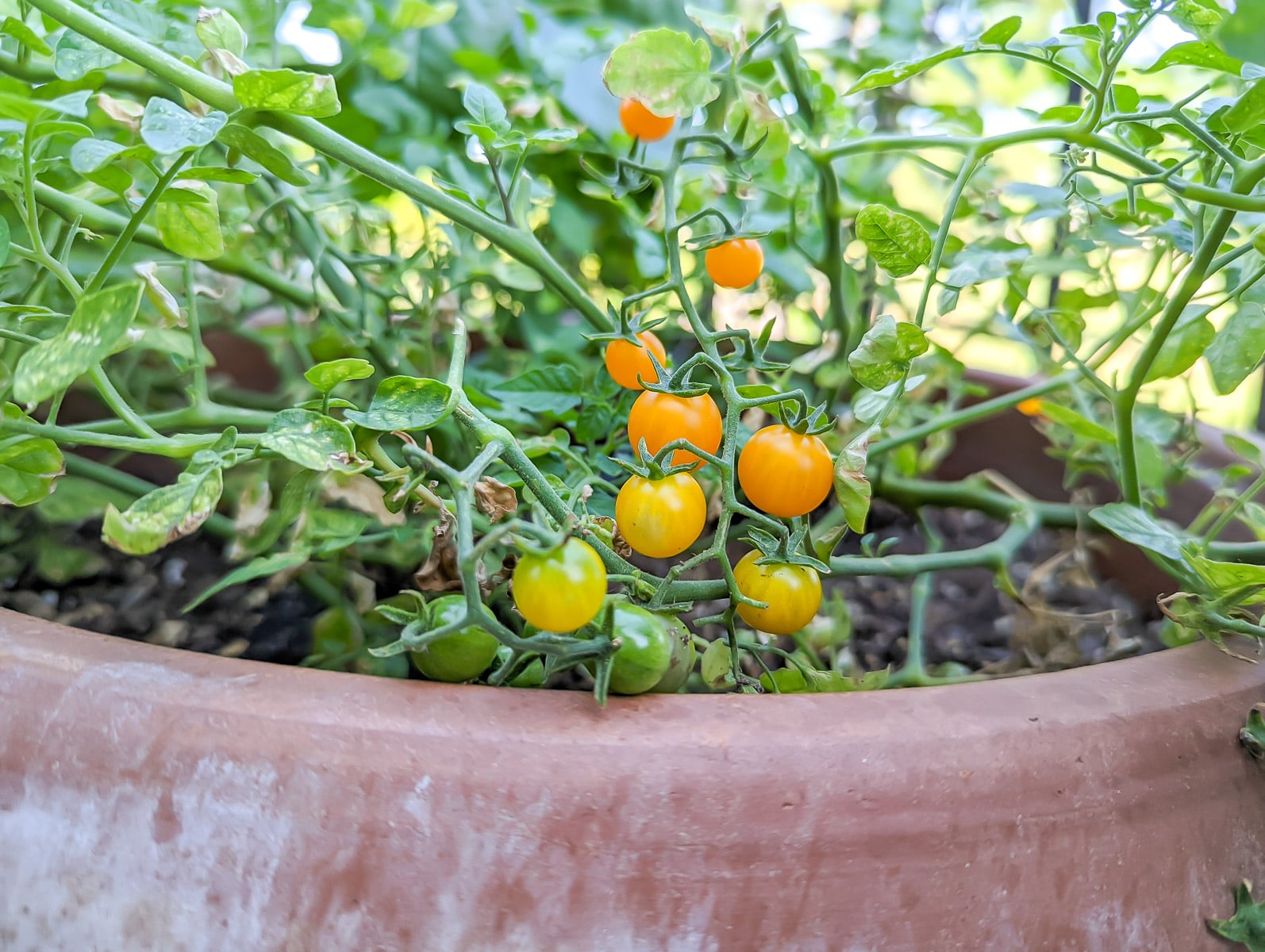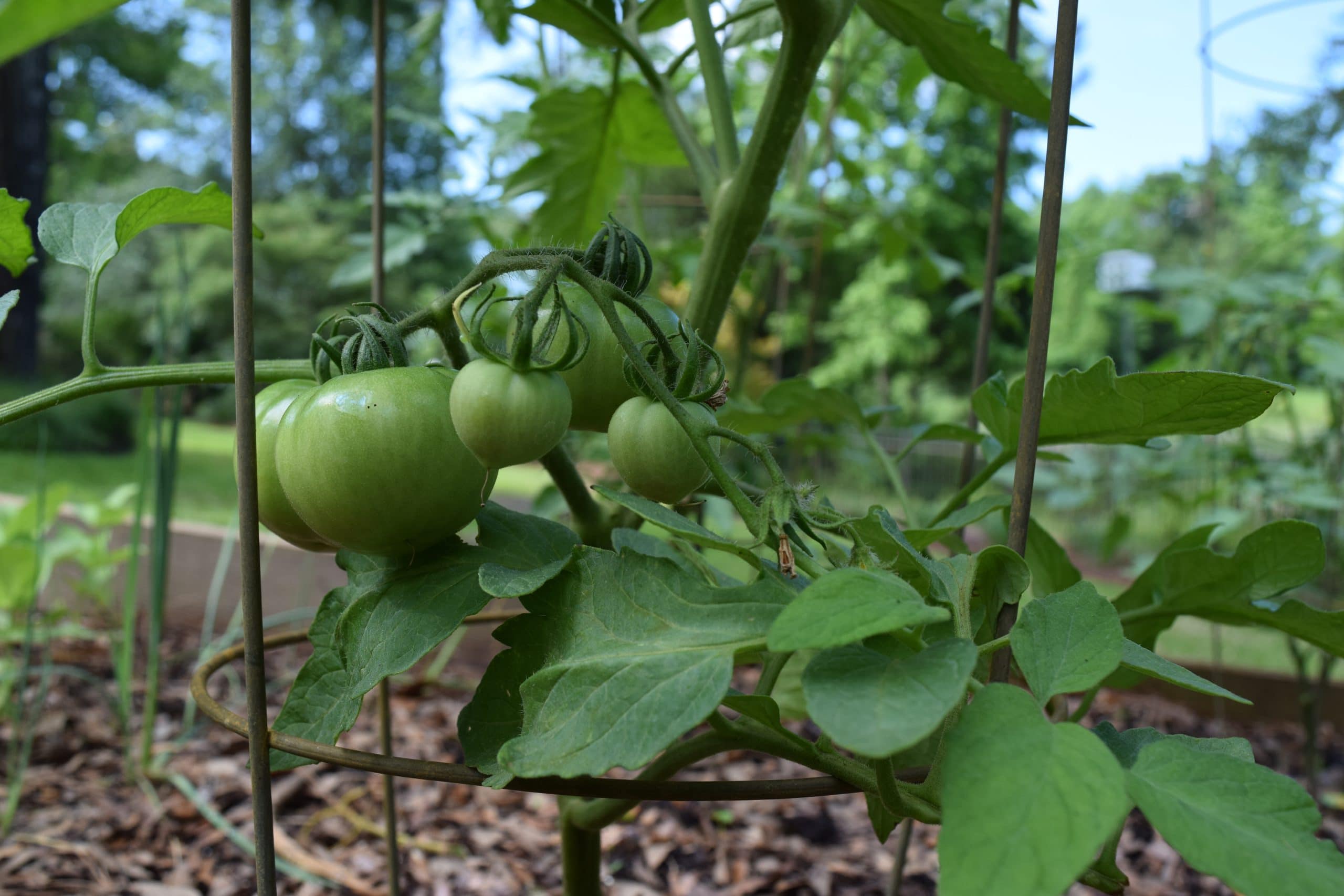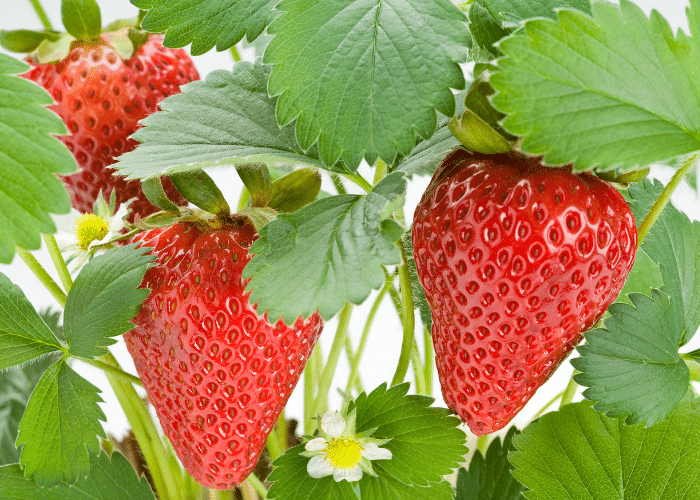Kale Companion Plants
Companion planting is a traditional gardening technique that involves planting different species together to enhance each other’s growth or protect one another from pests. When it comes to kale, one of the most nutritious green leafy vegetables, knowing the right kale companion plants can maximize its potential, boost your garden’s overall productivity, and create a harmonious ecosystem.
This article will delve into the ten best companion plants for kale and a few that you should avoid planting kale alongside.

Table of Contents
Companion Planting, In General
In this post, we did a deep dive into the concept of Companion Planting.
We’ve also covered the specific companion plants for onions, strawberries, tomatoes, potatoes, cucumbers, zucchini, carrots, broccoli, and pepper plants. We will now add kale to that list. Understanding companion planting can make your green thumb even greener.
What Makes a Good Companion Plant?
Before we detail the plants that make excellent kale companions, we must understand what makes a good companion plant in any vegetable garden. In essence, a beneficial companion plant will have one or more of the following characteristics:
- Mutual Benefit: The plants enhance each other’s growth or contribute beneficial nutrients to the soil.
- Deter Harmful Pest or Attract Beneficial Insects: Some plants can deter pests that would typically harm their companions. Other plants attract beneficial predators (like ladybugs, lacewings, and parasitic wasps) that attack harmful pests.
- Efficient use of Space: Companion plants can use garden space efficiently.
What Does Kale Need to Grow Healthily and Abundantly?
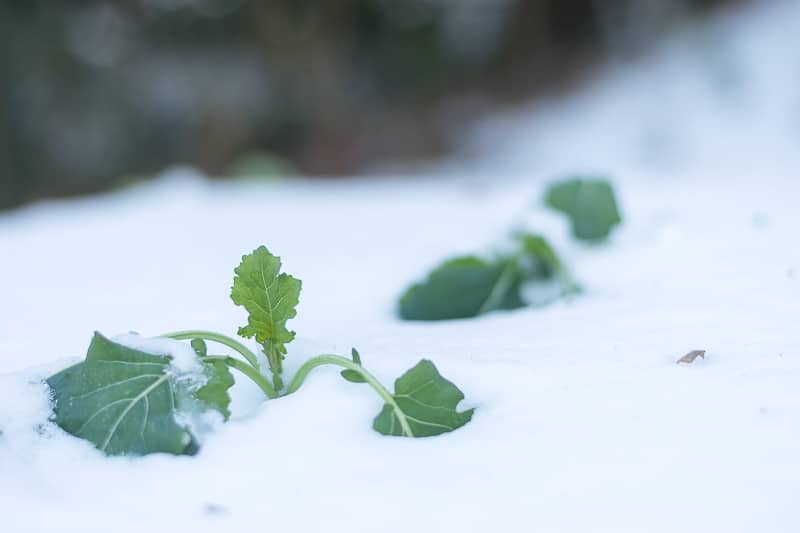
When to Plant Kale
Kale is a cool-season crop that can tolerate temperatures as low as 20 degrees Fahrenheit.
For spring planting, sow kale seeds directly into the garden or start them indoors 4 to 6 weeks before the last expected spring frost. The seeds germinate in soil temperatures as low as 40 degrees Fahrenheit, but optimal germination occurs in soil temperatures of 70-75 degrees Fahrenheit.
For fall harvest, plant kale seeds in mid to late summer. If you live in a region with mild winters, you can even plant kale in the fall for a winter harvest. Timing will depend on your specific climate, but a general rule is to sow kale seeds about 6 to 8 weeks before your first fall frost.
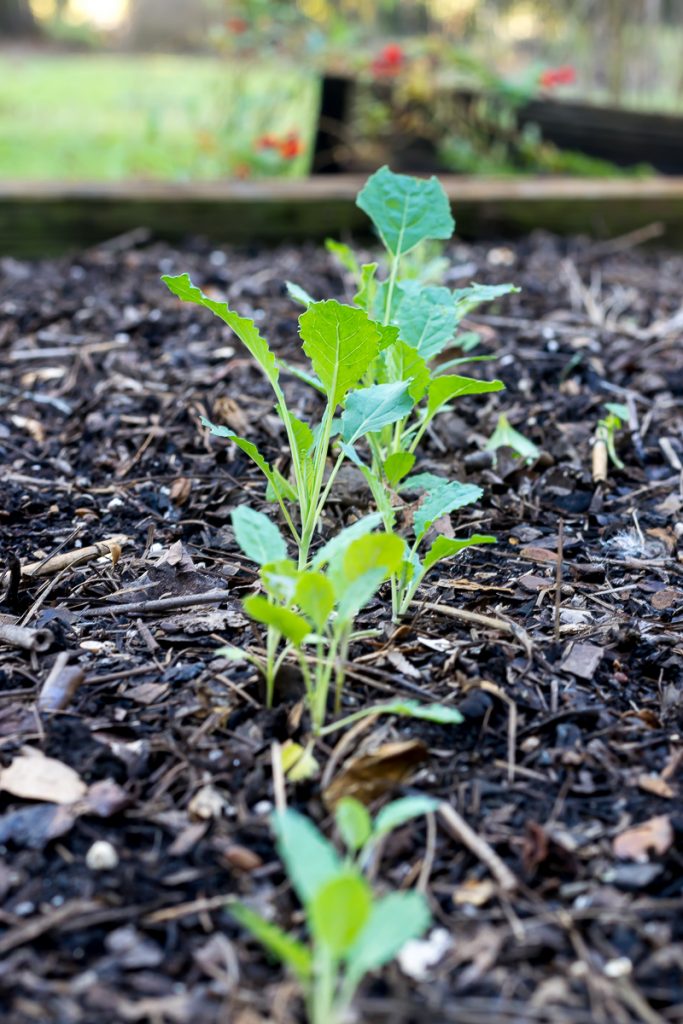
How to Plant and Grow Kale
Growing conditions can significantly impact how quickly your kale grows. It prefers cool temperatures and plenty of sun but can tolerate partial shade. Choose a location with at least 4-5 hours of sunlight daily. Kale does equally well in the ground or in a raised bed garden.
The soil should be well-draining and rich in organic matter. Sow the seeds ¼ to ½ inch deep into the ground. Space the seeds about 12 to 18 inches apart. If you’re planting rows, space the rows 18 to 30 inches apart. Regular watering and feeding with a nitrogen-rich fertilizer will also help to ensure healthy, speedy growth.
Kale generally matures in about 55 to 75 days, but its growth rate can vary depending on the specific variety and growing conditions. Baby kale leaves can be harvested as soon as they’re big enough to eat, typically around 25 to 30 days after planting. These tender and mild young leaves make them a great salad addition.
You’ll want to wait for full-sized leaves until the plant is about two months old. The leaves should be firm and roughly the size of your hand. Harvest the outer leaves first, and the plant will continue to produce new leaves from the center for several weeks or even months.
Pest That Are Harmful to Kale
Several predatory insects can pose a significant challenge to the health and productivity of your kale plants. Here’s a guide to common kale pests and some natural pest control tips:

- Cabbage Worms and Cabbage Loopers: Introduce natural predators like birds and beneficial insects like parasitic wasps and ladybugs. Use row covers to prevent butterflies and moths from laying eggs on the plants. Spraying Bt (Bacillus thuringiensis), an organic bacteria-based insecticide, can control caterpillar infestations.
- Flea Beetles: Floating row covers can protect your plants from flea beetles. Diatomaceous earth, a natural powder made from tiny fossilized aquatic organisms, can also be effective against flea beetles.
- Cutworms: Cutworms can be controlled by placing a collar around the plant’s stem at the soil level. This can be made from various materials, such as cardboard, aluminum foil, or plastic. Beneficial nematodes or diatomaceous earth applied to the soil can also kill cutworms.
- Slugs and Snails: A simple way to deter these pests is to make your garden less friendly to them. Reduce damp, dark hiding places, use copper barriers, and introduce predators such as birds and frogs. You can also hand-pick them off in the early morning or evening.
- Whiteflies: Yellow sticky traps can be used to catch and monitor whiteflies. Beneficial insects like ladybugs, lacewings, and predatory wasps are natural predators of whiteflies. Insecticidal soaps can also be used to control whiteflies.
- Aphids: Plant diverse plants to attract beneficial insects such as ladybugs, lacewings, and hoverflies. A strong spray of water from a hose can dislodge aphids, and insecticidal soaps can also effectively kill them.

What Are The Biggest Challenges to Growing Kale?
Every plant has obstacles, even the varieties known for being easy to grow. Temperature, pests, space, and rapid growth are the biggest concerns for kale. To grow kale efficiently and successfully, get familiar with what may cause its downfall in your home garden.
- Kale is sensitive to high temperatures. It grows wonderfully in cold climates, reaching as low as 20 degrees. However, heat can overwhelm sensitive kale plants. Luckily, there are several ways to combat the intense sun and hot temperatures, like choosing heat-tolerant varieties, growing kale indoors, providing shade, or choosing the right companion plants.
- Several pests are known for damaging kale. Watch for flea beetles, caterpillars, whiteflies, harlequin beetles, and aphids.
- Kale needs plenty of space to grow. So, situate other kale plants and surrounding companion plants about one or two feet away.
- Kale is a relatively fast growing plant. This means you must keep up with the rapid pace by watering it often and consistently checking for your chance to harvest the leaves.
All About Companion Plants For Kale
Companion planting works similarly amongst all plants, deterring pests, welcoming pollinators, or adding nutrients to the soil. Strategy is applied when you know the needs of the specific varieties in your garden and understand how to meet those needs with neighboring plants.
In general, some kale companion plants improve the flavor and attract pollinators to the area, and some repel damaging pests and boost the kale’s growth in other ways. But you must also be familiar with what the kale plant requires to grow abundantly and healthily.
Kale Companion Plants
Peas
Provide plenty of nitrogen in the soil by planting peas near kale. Peas are another cool-weather vegetable that can tolerate temperatures into the low 20s. These nitrogen-fixing plants add this essential element to the ground, enhancing the growth of kale. As a bonus, peas also help repel destructive insects.
Dill
Dill is one of the garden’s most beneficial herbs to plant alongside kale. This fragrant, cool-weather herb is a great companion for kale because it can cover the scent of kale that may attract pests. Even better, dill is known for bringing in predatory wasps that control the caterpillar population, giving your kale and other plants a better chance at thriving. Finally, dill attracts lacewings, ladybirds, and hoverflies that feed on aphids and whiteflies.
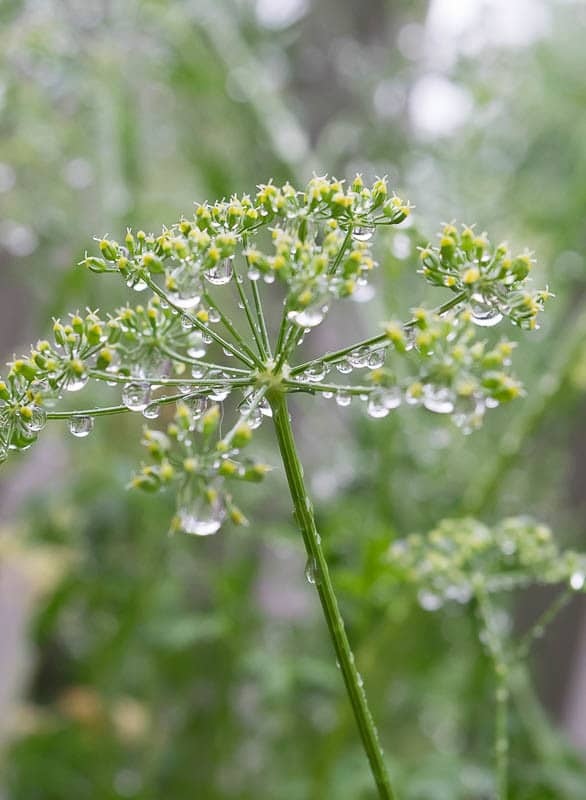
Onions
Onions, shallots, leeks, and spring onions are excellent kale companion plants! The intense smell of these plants overpowers the scent of kale that frequently attracts problematic pests, like flea beetles and aphids.
Sweet Alyssum
This stunning flowering plant can be used as a natural mulch for kale. This flowering ground cover prefers cool weather and can bloom year-round in milder climates (zones 9-11). It might even self-seed and come back on its own the following spring. For gardeners in these zones, planting sweet alyssum in the fall with kale can provide blooms in winter and spring.
Sweet alyssum is unlikely to survive the winter outdoors in colder climates (zones 8 and below). However, you could plant with your kale in early spring for blooms that last until the hot weather arrives and then again in late summer for a display of flowers in the fall.
Regardless of when you plant, sweet alyssum prefers full sun to partial shade and well-draining soil. Regular watering and occasional feeding with a balanced fertilizer can help ensure a healthy, productive plant.
As a companion plant to kale, it acts as a ground to retain moisture in the soil and prevent weeds from growing. Alyssum’s white flowers add beauty to the garden and attract beneficial insects, like hoverflies that consume pesky aphids. And, on top of it all, sweet alyssum will not compete with your kale plants for nutrients– Does it get any better?

Garlic
Like onions, garlic has a spicy scent that masks the smell of kale in the garden, deterring notorious garden pests like cabbage looper moths. Garlic grows tall, leaving plenty of horizontal space for the kale leaves to grow large and healthy. Garlic is believed to repel pests, like aphids.
Cilantro
Another kale companion plant in the herb family is cilantro. This valuable and versatile fresh herb to grow in your backyard works well with many plants, including the superfood kale.
Whether you harvest the cilantro and use it in the kitchen or not—not everyone is a fan of its distinct flavor—it is an excellent addition to any garden. It will attract pollinators and mask the scent of kale, which could attract damaging pests.
Spinach
Like kale, spinach grows best in cool weather. Its short growth cycle means that you can plant it several times during the growing season. Additionally, spinach’s low-growing habit can help preserve moisture and prevent weed growth that could compete with kale by shading the soil.
Celery
Celery can be a beneficial companion for kale due to its different growth habits; it grows tall and thin, allowing sunlight to reach the kale plants. It also requires a lot of water, which can help ensure the soil stays moist for the water-loving kale.
Swiss Chard
Swiss chard and kale are both leafy greens that thrive in similar conditions. Planting these two together can be efficient because they have similar watering and light requirements. Swiss chard also has large, broad leaves that can provide some shade, which can help keep the soil cool and moist.

What NOT To Plant With Kale
Knowing what to plant alongside kale in your garden is crucial, but it’s equally important to understand what plants should NOT be grown nearby. While some plants can benefit your kale, others can harm it. Choosing the wrong companions can stunt the growth of your kale, attract pests, or spread diseases that can destroy your plants.
Similarly, kale is sometimes responsible for another plant’s failure. For instance, some varieties of lettuce can aid kale growth, but many brassicas, including kale, secrete a chemical from their roots that suppresses the germination of lettuce.
Avoid planting kale near the following:
- Strawberries
- Other Brassicas: Avoid planting kale near other plants from the brassica family, like cabbage, cauliflower, or broccoli. This is because they attract similar pests and diseases, and planting them together can increase these problems.
- Lettuce
Frequently Asked Questions
Companion plants should be strategically placed near kale to maximize their benefits. Generally, planting companion plants in alternating rows or interspersing them throughout the kale patch can help create a more diverse and harmonious growing environment. However, specific spacing recommendations may vary depending on the plants involved and the size of the garden.
Yes, companion planting can be an effective way to deter pests from damaging kale. For example, planting aromatic herbs like basil or marigolds near kale can help repel pests like aphids and cabbage worms. Additionally, planting onions or garlic nearby can deter pests like aphids and cabbage loopers.
Yes, companion planting can be effectively used in container gardens. Just be mindful of the space requirements for each plant and choose companions that have compatible growth habits and size.
While companion planting can significantly reduce pest problems and is a great tool in an integrated pest management strategy, it may not completely eliminate the need for other pest control methods, especially in cases of severe infestation. It’s best used as part of a holistic approach to garden management.
More Information About Companion Planting
By embracing the art of kale companion planting and implementing effective strategies, you can yield a productive and healthy vegetable garden rich with nutritious leafy greens and other produce. Your kale plants will thrive with suitable companions and diligent care, providing you with a delicious, homegrown bounty.
Bookmark this page or pin the following image to refer back to this post on Kale Companion Plants in the future.
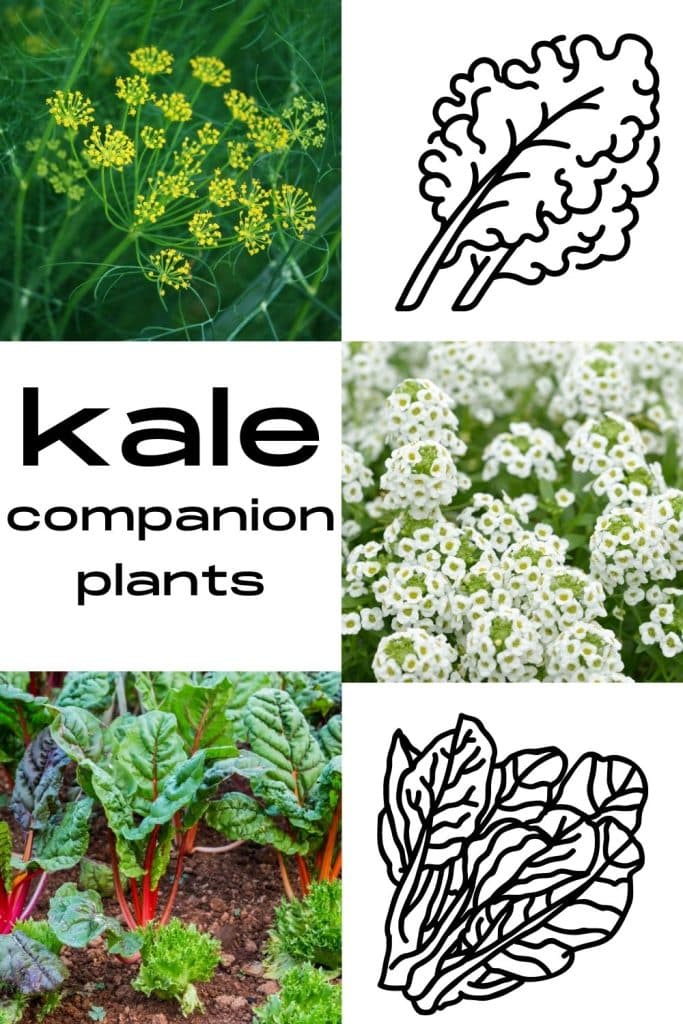
Thanks so much for spending a few minutes of your busy day with me!
To ensure you don’t miss future content, pop your email in the pale green box on the right or click here. I usually send one email weekly, so I won’t inundate your inbox. I’m sensitive to an overflowing email inbox!
We will only use your email address to send you emails, no more than 1-2 weekly. In addition, you will have access to my growing library of knit & crochet patterns and other printables. Check back often as this library will continue to grow. You can unsubscribe anytime by emailing me or clicking on the “unsubscribe” link at the bottom of all emails.
And you can access many of the products I refer to on my Nourish and Nestle Amazon Page. You can access it here.
So, if you’d like to participate in the ‘subscriber benefit’ action, simply subscribe to Nourish and Nestle here or use the form on the right sidebar. It’s slightly towards the top.
I have sent all my subscribers the link to the Subscriber Benefits Library. If you missed it or misplaced it, let me know.
Until next time…



